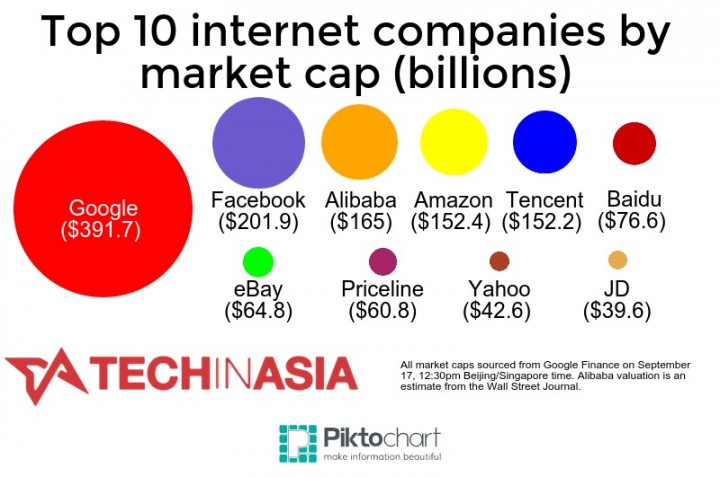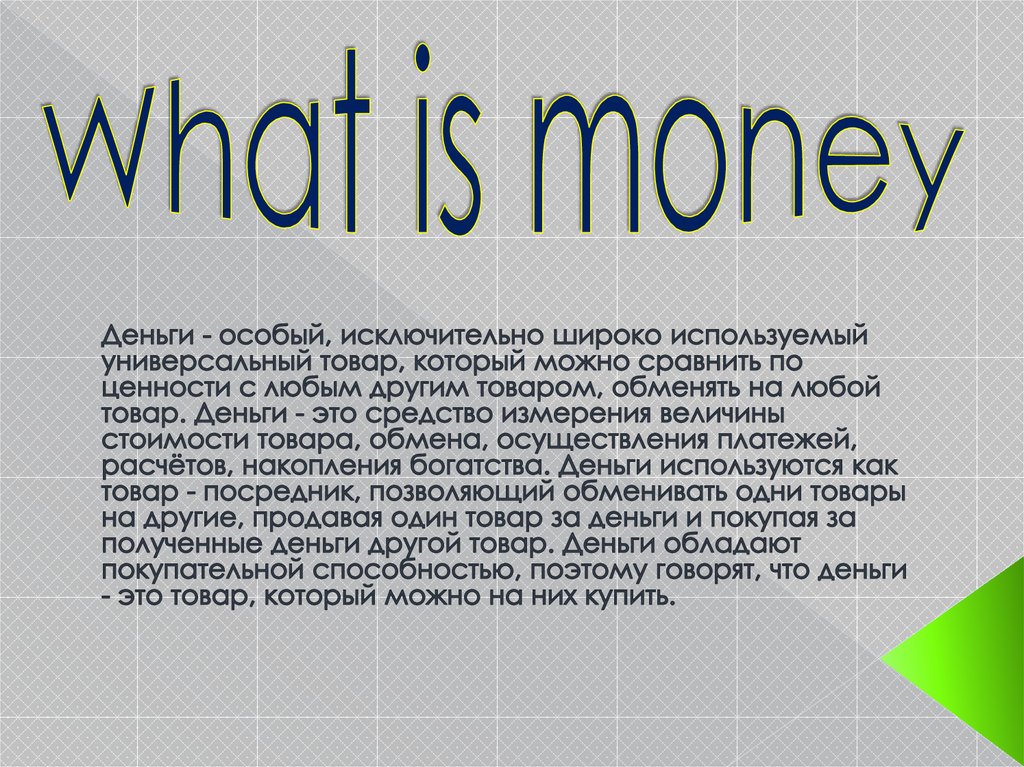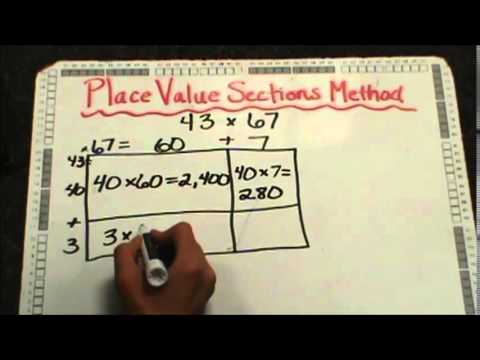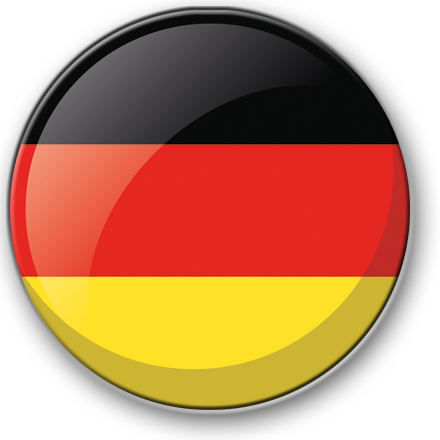Содержание

The model discussed below would help us a great deal in understanding the factors in macroeconomic equilibrium. In general we can say that equilibrium is maintained so long as the income generated by households or firms is ploughed back into the system in the form of either consumption or investment expenditure. The problem arises when such consumption or investment expenditure does not occur – in other words there is a leakage from the cycle.
The https://1investing.in/ sector only plays the role of intermediaries to convert savings of the household to investment. The government plays a key role in all types of economic systems—capitalist, socialist and mixed. It sets standards for weights and measures, and the monetary system. Economic reproduction involves the physical production and distribution of goods and services, the trade of goods and services, and the consumption of goods and services . Second, taxes on the productive classes such as farmers should be reduced in favor of higher taxes for unproductive classes such as landowners, since their luxurious way of life distorts the income flow.
Here the household sector pays personal income tax, commodity tax etc. to the government sector. In other words, it shows the cyclical flow of money and products between households and businesses. We see the GNP, GNY and GNE are all identical in values and when depreciation is deducted, they become net—i.e., NNP ≡ NNY ≡ NNE, (the symbol ≡ denotes identity). Keynes was the first to note the fact of the circular flow of economic activity.
The Circular-Flow Model of the Economy
As a result, many companies are able to manufacture products that benefit other parties. In a two-sector model, circular flow models start with the household sector that engages in consumption spending . Households contribute to an economy by working and by buying products . In return, households consume products and utilize government programs.
Circular Flow Model Definition and Calculation – Investopedia
Circular Flow Model Definition and Calculation.
Posted: Sat, 31 Dec 2022 08:00:00 GMT [source]
These funds flow from households to firms every time people invest in companies via stocks, bonds, or other forms of investment. Households then get a return on their financial capital in the form of stock dividends, bond payments, and the like, just as households get a return on their labor in the form of wages. Finally, the enormously complex financial industry may not be accurately accounted for by the basic version of the circular flow model. This money does not flow through the economy but is simply in storage. The idea that businesses make money by selling products to households is probably familiar.
Similar to Circular flow of economic activities (
Additionally, any activities involving money or the exchange of products or services are economic activities. Are you interested in learning about the importance of the circular flow of income as well? Get enrolled at Vedantu’s free live online classes and learn more about it from the subject experts’ right from the comfort of your home. You can also access our compact PDF study solutions to strengthen your grasp on the circular flow of income in the three sector economy and much more. There are 2 sectors in the economy, i.e. business firms and households. Another household spending is on things that are called ‘intermediate’ because they are used to produce other things.

It is the simple circular flow model of the free market, money flows in the opposite direction. Households purchase goods and services that businesses provide through the product market. Trade, meanwhile, requires resources to produce goods and services. Members of families provide labor to businesses through the resource market.
Payments
Taxes are outflows from the circular flow and government purchases are inflows into the circular flow. The circular flow in a three-sector economy is illustrated in Figure 11. As such, for an independent economy isolated from the outer world, it becomes imperative for the households to spend and consume. As more consumers spend money on goods and services, the businesses have more money to hire more employees. In this phase, the income generated through factors of production is spent mostly on goods and services which are produced by firms.
Companies use the production factors they receive from households to produce goods and services they sell to households for money. Companies can use this income to grow, and households can purchase these goods and services to develop or satisfy their needs. Goods and services produced by the business sector are purchased by households. Household creates savings in an economy and they are pay taxes to the government.
In this model, along with the income and expenditure of the households and business firms, government purchases or expenditures and taxation also come into play. Here, government purchases are injections into the circular flow, while taxation is a leakage. The abstraction ignores the linear throughput of matter and energy that must power the continuous motion of money, goods and services, and factors of production. Matter and energy enter the economy in the form of low entropy natural capital, such as solar energy, oil wells, fisheries, and mines.

The government collects taxes from Margie, Dave and even the banks. They spend some of it to buy fighter jets, so they can protect Margie and Dave, and some of it to do other things like build roads. They’ll even set aside some of the taxes to help Margie and Dave later on in life when they’re retired.
Circular flow of income
The circular flow model can further illustrate the events where money and capital leave the system in the form of leakages, or enter the system as injections. In practical terms, if the model represents a country’s economy, leakages would be when households spend money outside the country, such as importing an exclusive product from another country. This is captured as money that leaks out of the system and is not generally regarded as a positive thing. Both the household and business sectors operate in a simple economy.

This is a leakage because it is a leakage out of the current income thus reducing the expenditure on current goods and services. The injection provided by the government sector is government spending that provides collective services and welfare payments to the community. Production, consumption expenditure and generation of income are the three basic economic activities of an economy that go on endlessly and are titled as circular flow of income. Production gives rise to income, income gives rise to demand for goods and services; such a demand gives rise to expenditure and expenditure induces for further production. The whole process forms the basis for circular flow of income and related activities- production, income and expenditure are known as phases or stages of circular flow of income.
Circular Flow of Economic Activity: Meaning and Models
It shows the the state of economy is circular flow of economic activity of money, goods and services, and factors of production through the economy.” – Paul Krugman. All such expenditures by the government are inflows into the circular flow. These are the real flows of goods and services from firms to consumers which are linked with productive resources from consumers to firms through the medium of exchange or barter. This is not to say that the circular flow diagram isn’t useful in understanding the basics of an economy, such as leakages and injections. However, it cannot be ignored that the economy intrinsically requires natural resources and the creation of waste that must be absorbed in some manner. The economy can only continue churning if it has matter and energy to power it and the ability to absorb the waste it creates.
- As a result, the aggregate expenditure of the economy is identical to its aggregate income, making a circular flow.
- It tends to reduce consumption and saving of the household sector.
- We assume that all the savings of households come in the financial market.
- Entrepreneurs are also often responsible for organizing, managing, and assuming the risks of a firm.
They may be single-individuals or group of consumers taking a joint decision regarding consumption. Their ultimate aim is to satisfy the wants of their members with their limited budgets. It must be noted that here, NDPFC is the net domestic income of an economy. It refers to the individuals who organize production and take risks.
Firstly, considering the flow of income and expenditure between the household sector and the government, the household sector pays income tax and commodity tax to the government. Similarly, the government put up transfer payments to the household sector in several forms of benefits such as pension funds, relief, sickness benefits, health, education, and other services. Excess funds of the household sector move to the financial market in the form of saving and that would be borrowed by the business sector and converted into investment.
Real flows of resources, goods and services have been shown in Fig. In the upper loop of this figure, the resources such as land, capital and entrepreneurial ability flow from households to business firms as indicated by the arrow mark. The major four sectors of the economy are engaged in three economic activities of production, consumption and exchange of goods and services. In general, the circular-flow model is useful because it informs the creation of the supply and demand model.
Taxes which are levied by the government constitute an important source of leakage apart from savings; whereas government expenditure on the purchase of goods and services constitutes an important source of injection. In order to attain the circular How of economic activity necessary adjustments of transactions in the various sectors of the economy are made. Circular flow model highlights the circular flow of spending and income between business and household sectors of the economy built on the concept that spending creates income. Figure 63.3 shows that taxes flow out of the household and business sectors and go to the government. Now the government makes investment and for this purchases goods from the household. Thus government purchases of goods and services are an injection in the circular flow of income and taxes are leakages.
It shows that leakages in any form would reduce the production and income level and would also interfere with the smooth flow of circular activity. By themselves these real flows would mean barter—but this being very inconvenient—we make use of money—the medium of exchange. Business sector gives money for the purchase of scarce economic resources from the resource markets and also receives money in return for the sale of goods and services produced and supplied through the product market. Consumers spend their incomes on goods and services produced by business and production units.
